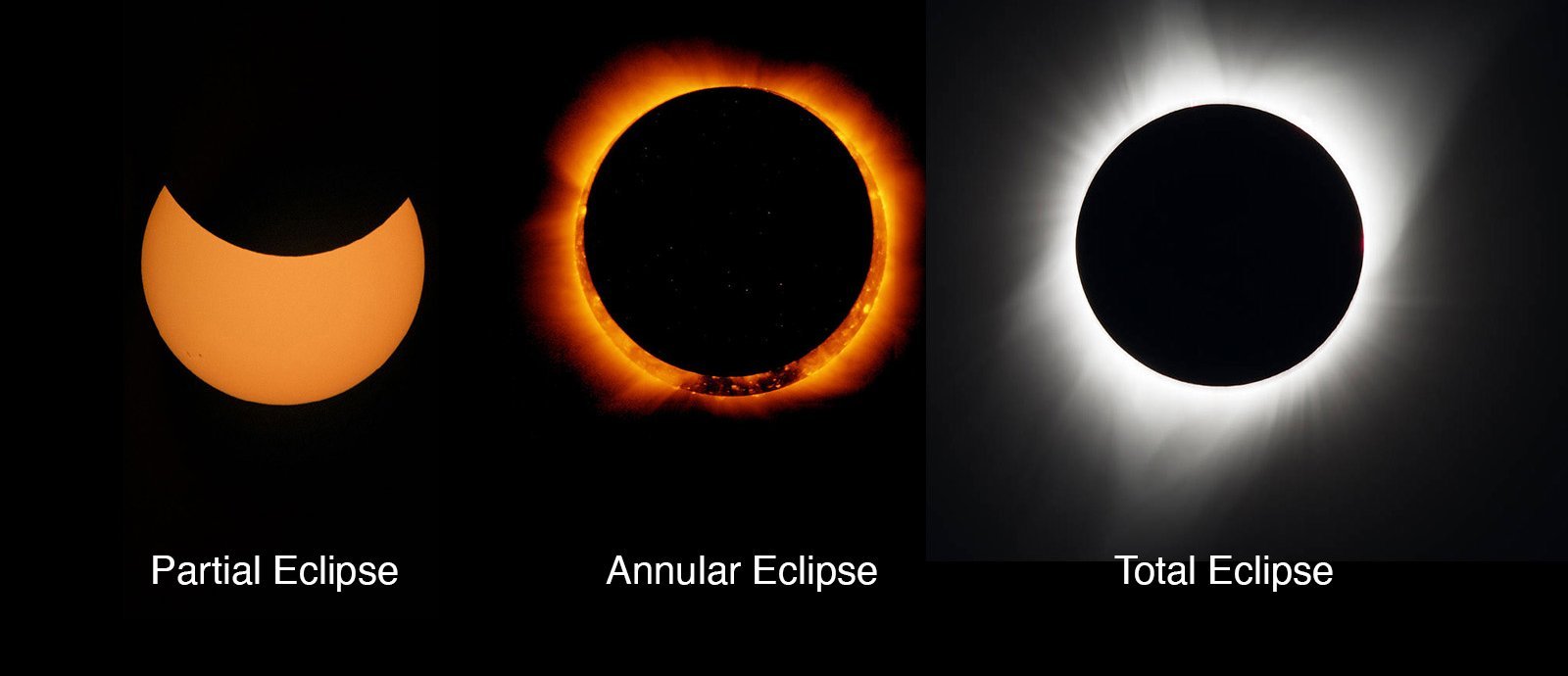A solar eclipse happens when the moon moves between the Earth and the sun, casting a shadow on Earth and partially or fully blocking the sun’s light. The result is a rare and fascinating sight in the sky. Depending on the alignment, solar eclipses can be total, partial, or annular.
In a total solar eclipse, the sun is completely blocked by the moon, briefly turning day into night. During a partial solar eclipse, only a portion of the sun is obscured, creating a crescent effect. These events are rare due to the moon’s tilted orbit and the need for perfect alignment with the Earth and sun.
When and Where to Watch the next eclipse
The next solar eclipse is a partial eclipse set to occur on September 21, 2025. It will begin around 5:29 PM UTC and be visible from specific regions across the Southern Hemisphere. Areas that will have the best view include parts of South Australia, as well as portions of the Pacific Ocean, Atlantic Ocean, and Antarctica.
Because it is a partial eclipse, the sun will not be fully covered. Depending on where you are, you may see a small or large portion of the sun hidden behind the moon. Observers should plan ahead to determine the best local viewing time.
Why You Should Never Look at the Sun Without Protection
Watching a solar eclipse without proper eye protection can cause severe and permanent eye damage. The sun’s rays remain powerful, even when partially obscured by the moon. That’s why direct viewing is only safe during the brief totality of a total eclipse — and that doesn’t apply for a partial eclipse like the one in 2025.
Use the Right Equipment
To protect your eyes, use solar viewing glasses that meet the ISO 12312-2 international safety standard. These are specifically designed to filter out harmful ultraviolet and infrared rays. Regular sunglasses, no matter how dark, do not offer safe protection.
Another option is indirect viewing through a pinhole projector or a solar filter-equipped telescope. These methods allow for safe observation without ever looking directly at the sun.
How to Prepare for the September 2025 Event
Planning ahead is key. First, confirm if your area is within the eclipse’s path. Next, monitor the weather forecast for clear skies. Try to find an open space with an unobstructed view of the sun. Arrive early to claim a good spot.
It’s a good idea to bring ISO-certified eclipse glasses, along with a few essentials like water, a chair, and sun protection. If you’re into photography, be sure your camera is equipped with a solar filter before attempting to capture the event.
A Deeper Look at the History of Solar Eclipses
Solar eclipses have captivated people throughout history. In many ancient cultures, they were seen as omens or supernatural signs. Myths from civilizations in Asia, Africa, and the Americas describe eclipses as battles between celestial beings or messages from the gods.
Today, eclipses are understood scientifically, but the emotional impact remains. People still gather in large numbers to watch, celebrate, and reflect on their place in the universe during these rare moments.
Looking Ahead to Future Eclipses
After September 2025, more eclipses are on the horizon. These events don’t happen often in the same location, so every eclipse is unique. Staying informed helps you prepare to travel or plan your viewing in advance.
Each eclipse offers a fresh chance to experience nature’s precision and wonder. Don’t miss the opportunity — mark your calendar and witness a show the universe puts on for free.







Leave a Reply